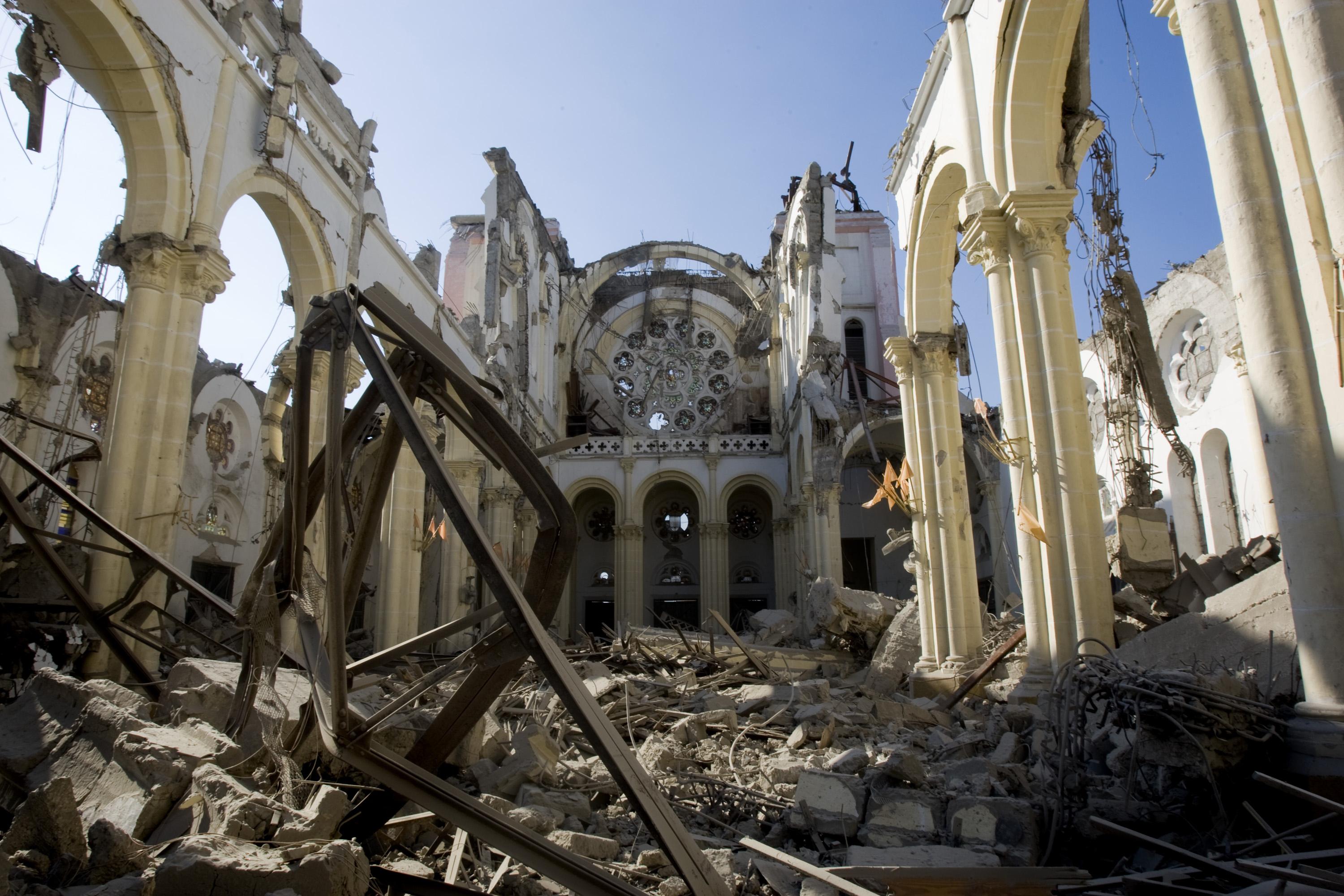
wikimedia commons
People around the world expressed shock and sadness as they watched the Notre Dame burn in Paris. An iconic example of Gothic architecture and the most visited site in Paris, the medieval cathedral is synonymous with the old world beauty and magic of the City of Lights. Though much of the cathedral was saved, and many of its treasures had already been removed to prepare for an extensive restoration, watching Notre Dame’s spire fall was a heart-breaking sight for Parisians and Francophiles alike. President Emmanuel Macron vowed that the cathedral would be rebuilt, and today we look at cathedrals around the world that have recovered from tragic destruction.
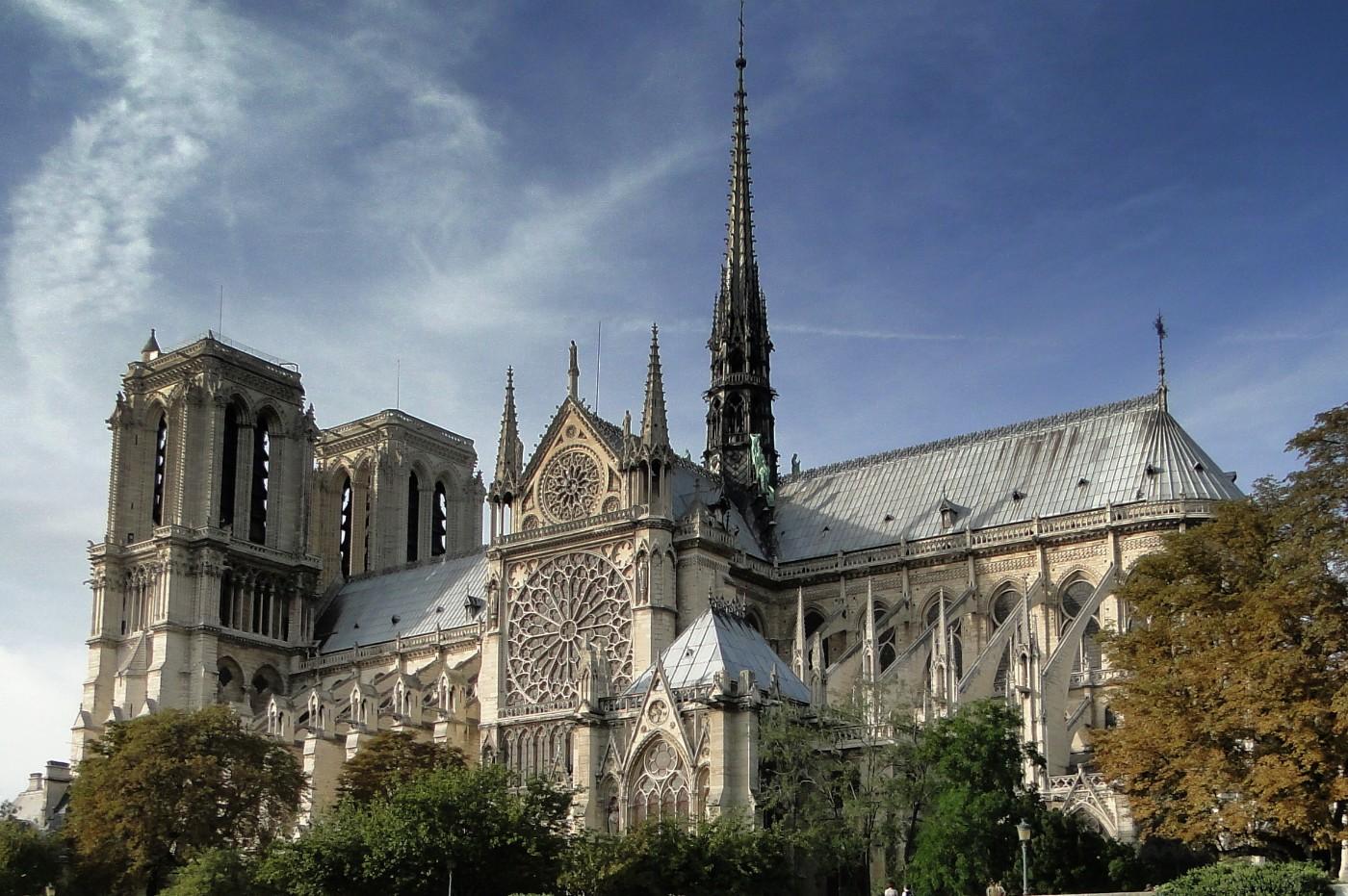
Notre Dame, Paris, France
Notre Dame has, of course, suffered its fair share of damages throughout its rich history. Most notably, rioting Parisians during the French Revolution of 1793 destroyed many of its statues and part of its facade. However, the destruction of yesterday’s fire is unmatched in its history. Fund-raising efforts to rebuild are already underway, with President Macron pledging state funds, and prominent businessmen offering hundreds of millions towards the project. With these resources and the global love for this monument, it is sure to be restored to its former glory.
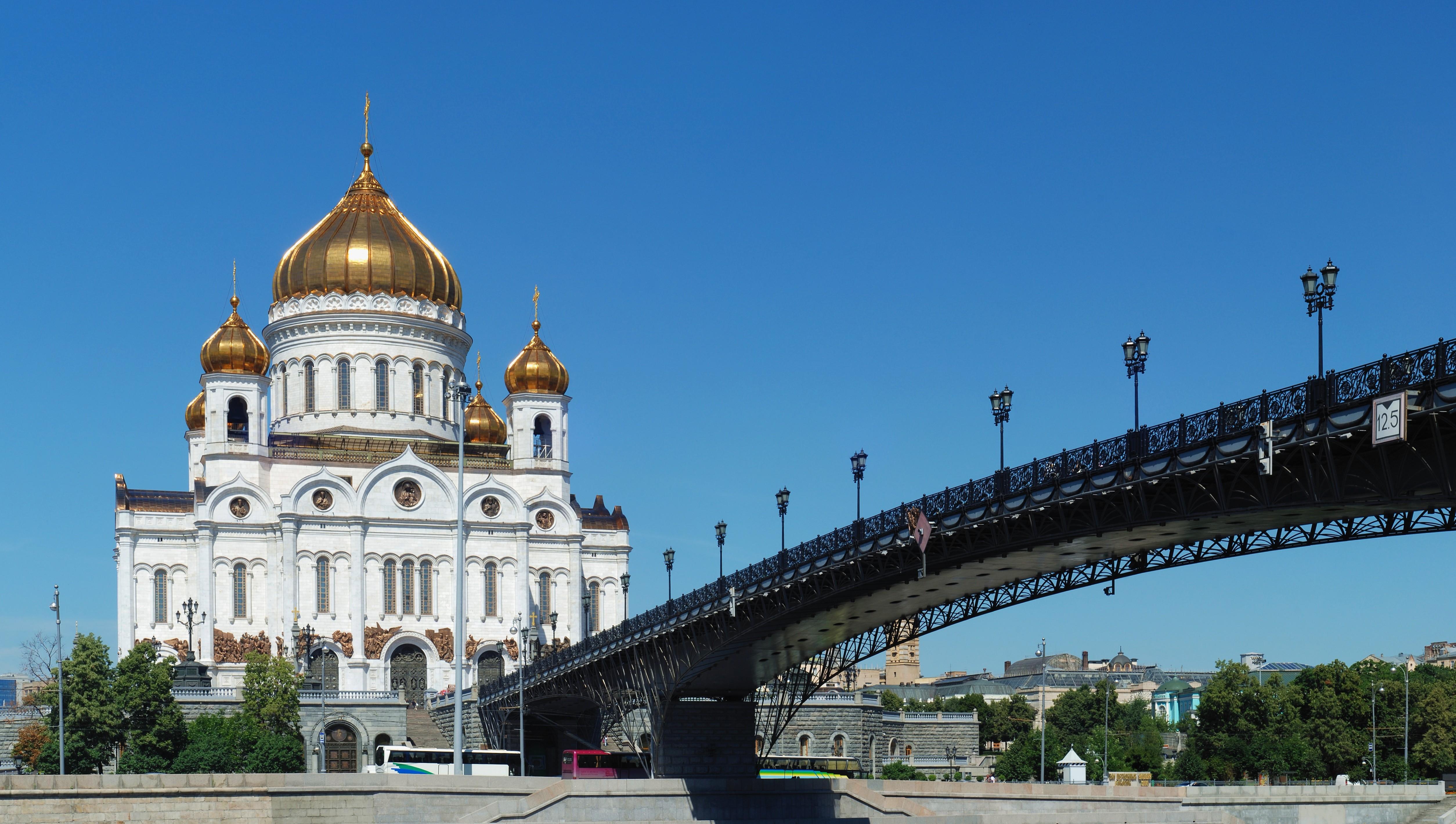
Cathedral of Christ the Saviour, Moscow
The original cathedral, built in the 19th Century, unfortunately, found itself in the way of Joseph Stalin’s plans for a new legislative building. He had the Cathedral of Christ the Saviour razed in 1931, but the building of Stalin’s Palace of the Soviets was never completed. It wasn’t until 1990 that the Russian Orthodox Church began plans to rebuild on the site, and the new cathedral was opened in 2000. The result is the tallest Orthodox Christian church in the world, a near replica of the original, with gleaming golden domes. In 2018, experts discovered that the church sinking, and restoration to protect it is currently underway.
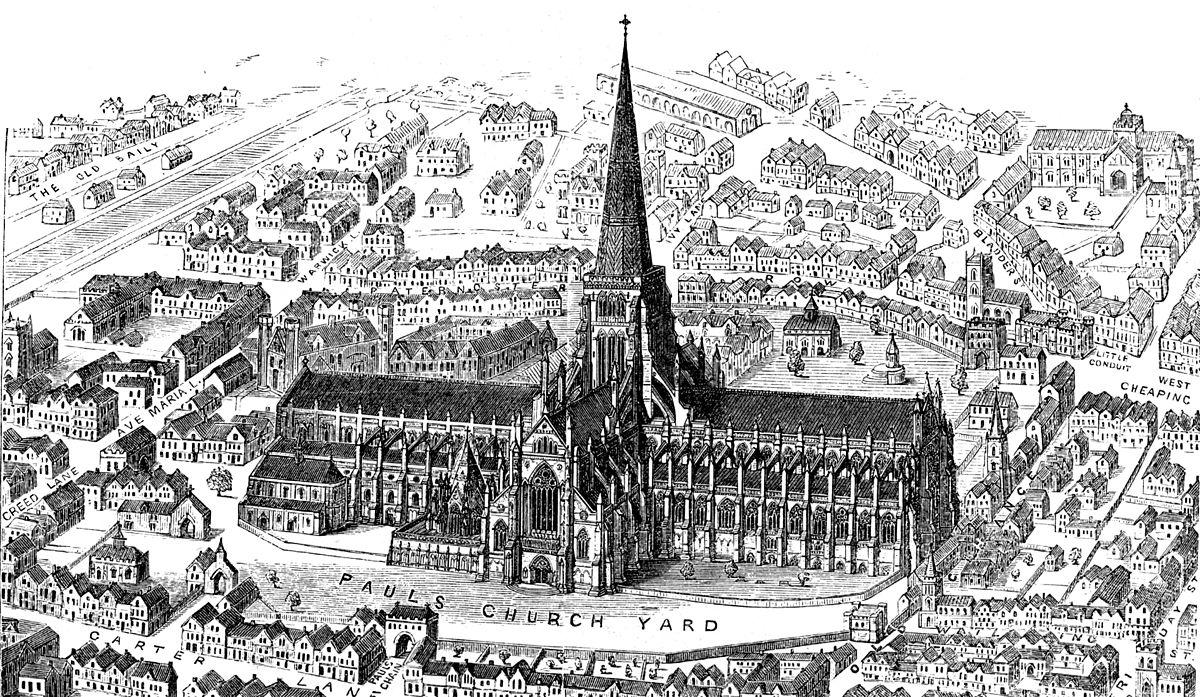
wikimedia commons
St. Paul's Cathedral, London
Construction of St Paul’s Cathedral in London got off to a rocky start, with several fires damaging the building before it was even completed in 1314. In the 14th century, the Gothic cathedral (shown above) in a was a feat of architecture and design, as one of the longest churches in the world, with one of the tallest spires, and housing some of the finest stained glass available. The Great Fire of London destroyed all of this in 1666, and it was replaced by the new St Paul’s Cathedral, designed by Sir Christopher Wren. An important example of Baroque architecture, St Paul’s is a major tourism site and its dome and spires, among the highest in the world, are a key feature of the London skyline.
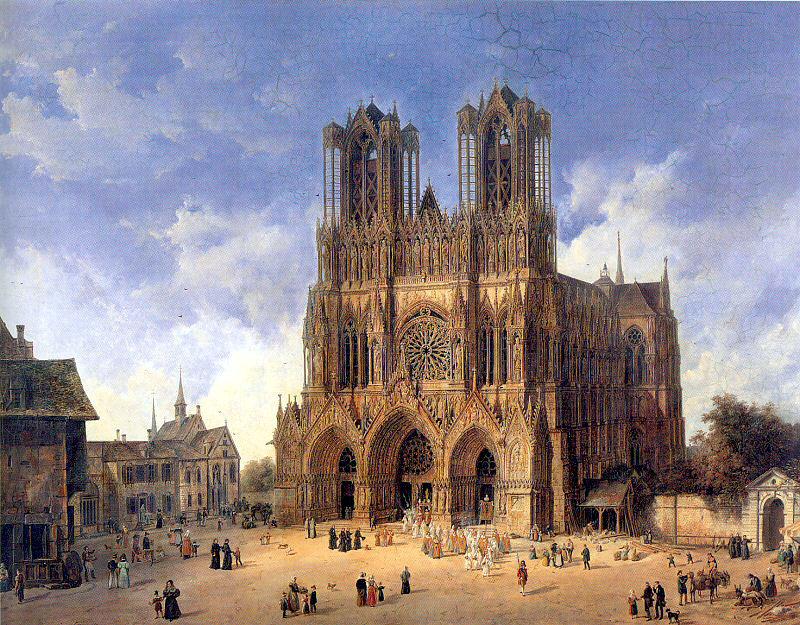
wikimedia commons
Reims Cathedral, Reims, France
Originally built in the 5th century, for centuries the original Reims Cathedral served as the site for coronations, papal visits, and royals weddings. But in 1210, the early Gothic church was destroyed in a fire. Reconstruction began the next year and would go on for the next few centuries, making Reims a unique amalgamation of changing architectural styles. After several peaceful centuries, the Cathedral was bombed by the Germans in World War I, causing significant damages. It was rebuilt beginning in 1919, and it remains an outstanding example of High Gothic architecture and is a UNESCO World Heritage site.
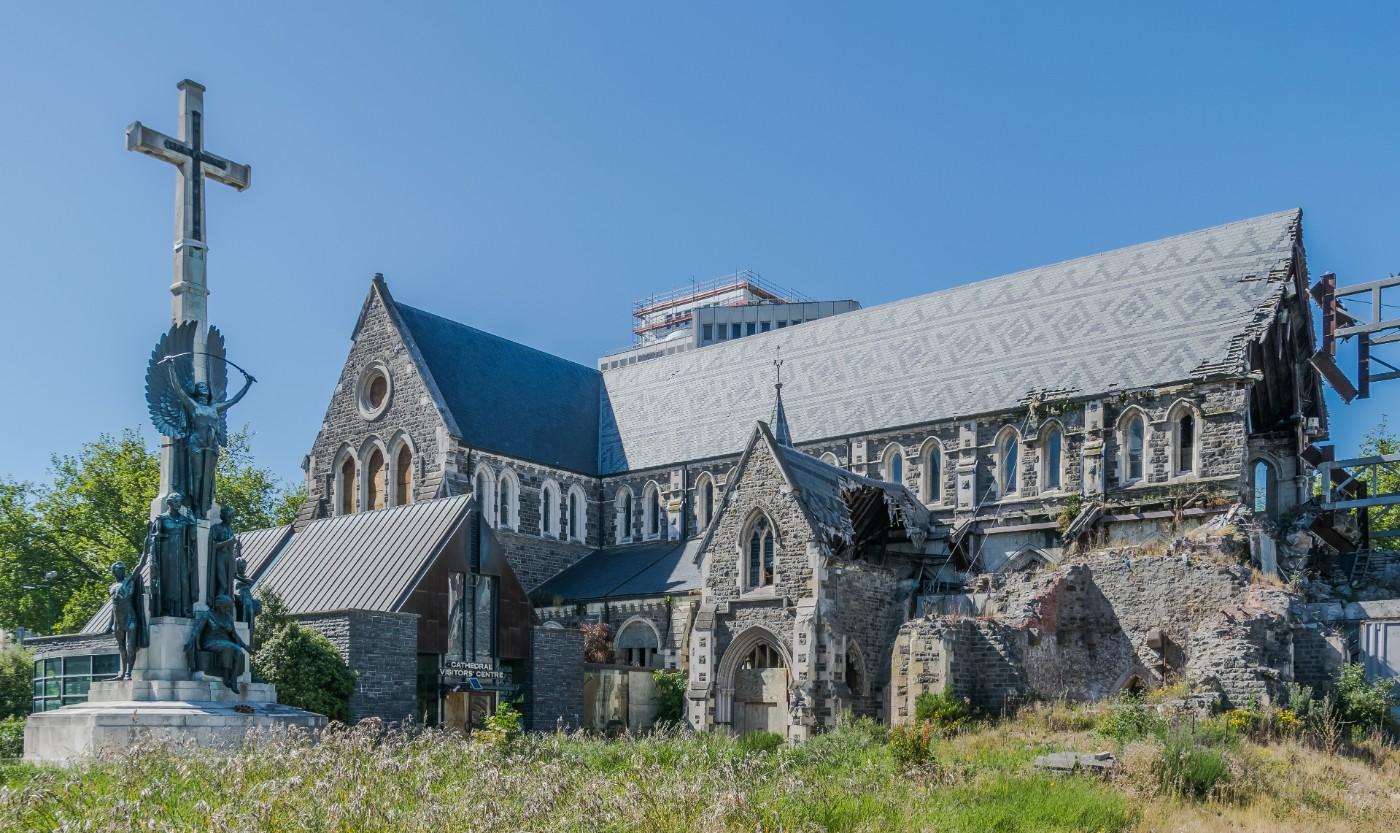
wikimedia commons
ChristChurch Cathedral, Christchurch, New Zealand
Though spared damage from wars and fires, ChristChurch Cathedral has had to contend with several major earthquakes in its 150-year history. Its spire was damaged in earthquakes in 1881, 1888, 1901, and 1922, but had been repeatedly repaired. In 2011, however, Christchurch suffered three earthquakes which ultimately destroyed the Cathedral’s spire and rose window. The site was deconsecrated and efforts were made to preserve what was left of the historic structure. Plans proposed by the Archbishop to demolish the cathedral were met with protest, and progress is being made on a new plan to rebuild the cathedral.
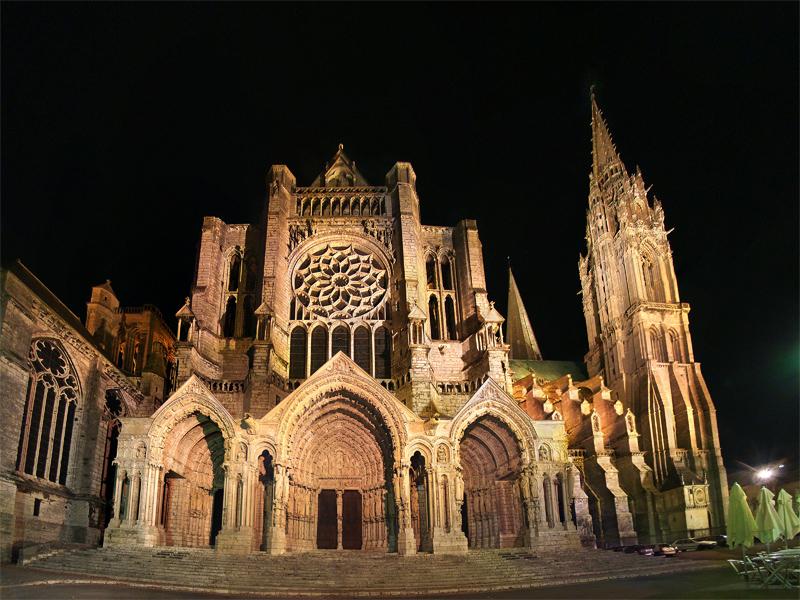
wikimedia commons
Chartres Cathedral, Chartres, France
An evolving monument, at least five different buildings have stood on the site of Chartres Cathedral. Repeatedly damaged by war or fire, bits and pieces of the cathedrals that were built and destroyed from the 9th to 12th centuries remain a part of the current Chartres Cathedral. Largely built in the 12th and 13th centuries, with some significant additions throughout the years, the Cathedral was spared destruction during the French Revolution and in both World Wars. For centuries, it has been a major pilgrimage site.
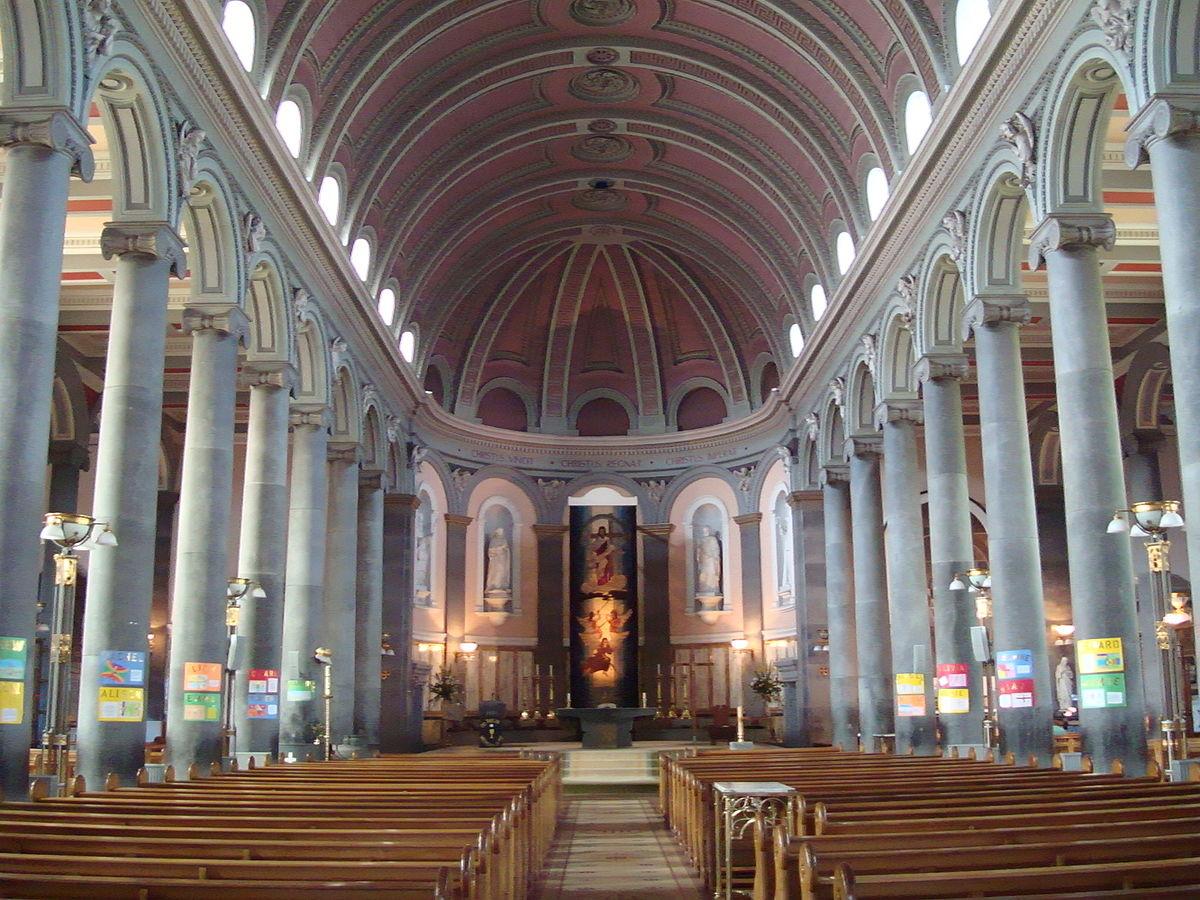
wikimedia commons
Cathedral Church of St Mel, Longford, Ireland
Dating back to the mid-19th century, St Mel's cathedral was one of the finest Catholic churches in Ireland when it was destroyed by a fire on Christmas Day in 2009. The fire gutted the building, including namesake St Mel's Crosier, a thousand-year-old relic. After a €30 million restoration project, the church was reopened in 2014 and remains a center of Catholic life in the region.
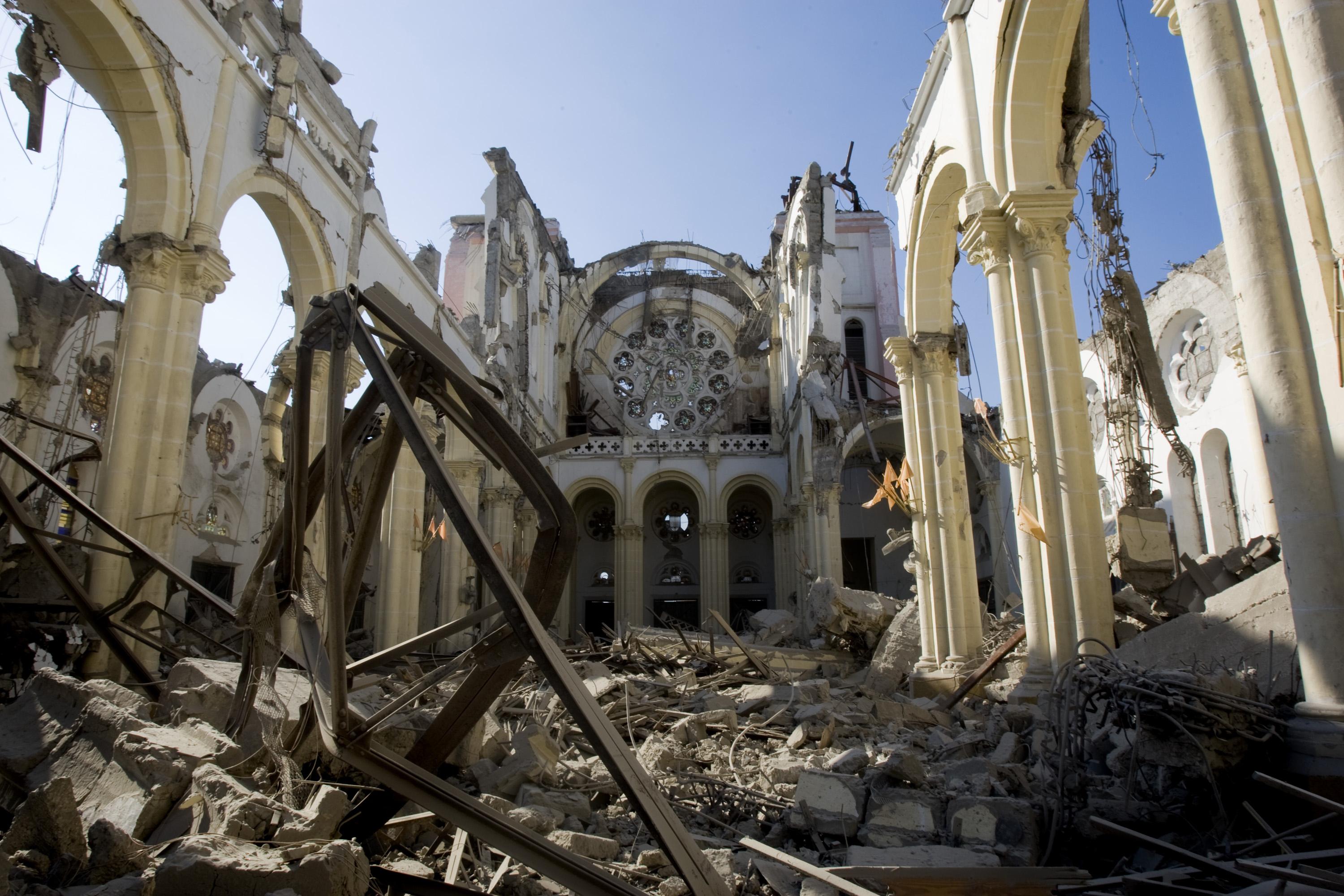
wikimedia commons
Cathedral of Our Lady of the Assumption, Port-au-Prince, Haiti
Also called the Port-au-Prince Cathedral, the cathedral church of the Roman Catholic Archdiocese of Port-au-Prince was built at the turn of the 20th century. A cupola of the church also served as a lighthouse for the port city, welcoming the faithful and protecting sailors. The cathedral collapsed as a result of the January 12, 2010 earthquake, and a contest was held to find an architectural plan for reconstruction. A new modern cathedral is currently being built, one that will incorporate what remains of the original structure.
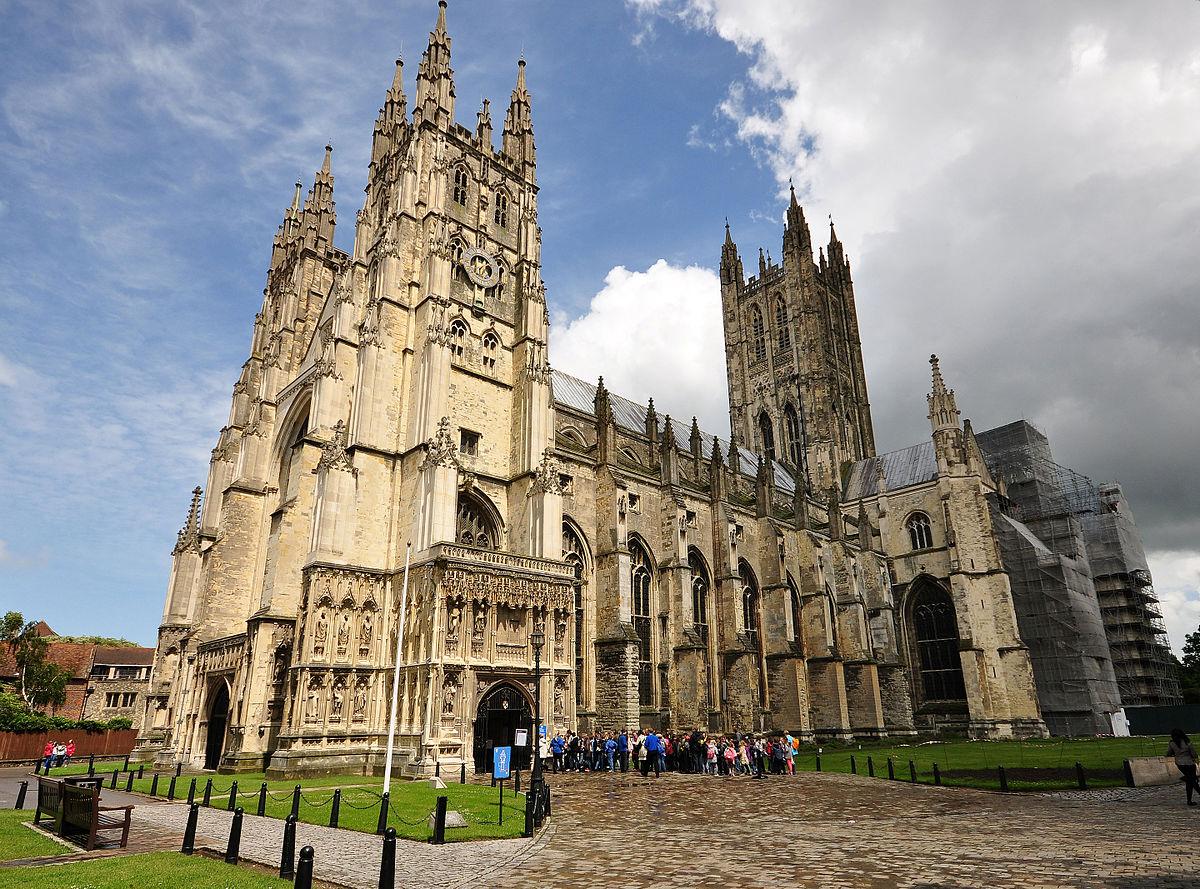
wikimedia commons
Canterbury Cathedral, Kent, England
One of the oldest and most famous churches in England, the Canterbury Cathedral had a nearly 600-year history before the structure that is known and loved today was even built. In the late 6th century, Canterbury Cathedral was built by Augustine of Canterbury, a missionary on behalf of Pope Saint Gregory the Great. This structure burned during the Norman Conquest of 1067, and the Gothic cathedral rebuilt on the site has played a significant role in British history and culture. Though its library was destroyed during Wolrd War II, the rest of the cathedral was undamaged.
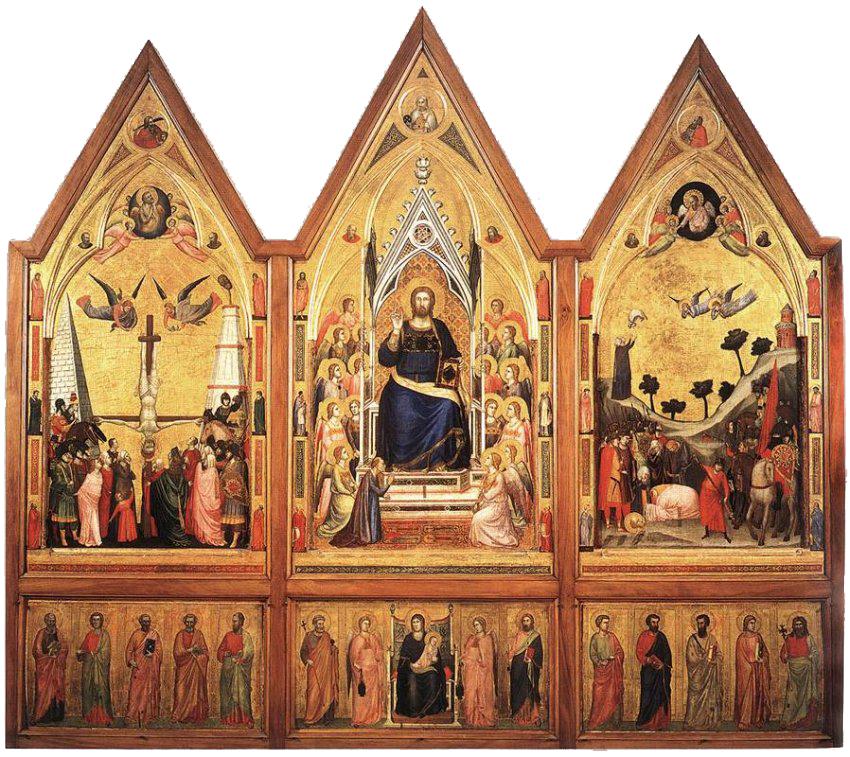
wikimedia commons
St Peters Basilica, Vatican City
Construction began on the original St Peter’s Cathedral in the 4th Century under Roman Emperor Constantine I. After centuries as an important pilgrimage site and having been sacked and pillaged by the Saracens, by the 15th Century, the Basilica was in disrepair. Though reconstruction was originally planned, Pope Julius II envisioned a new St Peter’s Basilica. Much of the Old St. Peter's Basilica was destroyed, though its treasures, like the Stefaneschi Altarpiece (pictured above) and fragments of the Navicella mosaic, are now part of one of the greatest monuments of art and architecture in the world, the new St Peter’s Basilica.

Notre Dame, Paris, France
Notre Dame has, of course, suffered its fair share of damages throughout its rich history. Most notably, rioting Parisians during the French Revolution of 1793 destroyed many of its statues and part of its facade. However, the destruction of yesterday’s fire is unmatched in its history. Fund-raising efforts to rebuild are already underway, with President Macron pledging state funds, and prominent businessmen offering hundreds of millions towards the project. With these resources and the global love for this monument, it is sure to be restored to its former glory.

Cathedral of Christ the Saviour, Moscow
The original cathedral, built in the 19th Century, unfortunately, found itself in the way of Joseph Stalin’s plans for a new legislative building. He had the Cathedral of Christ the Saviour razed in 1931, but the building of Stalin’s Palace of the Soviets was never completed. It wasn’t until 1990 that the Russian Orthodox Church began plans to rebuild on the site, and the new cathedral was opened in 2000. The result is the tallest Orthodox Christian church in the world, a near replica of the original, with gleaming golden domes. In 2018, experts discovered that the church sinking, and restoration to protect it is currently underway.
About the Author
Chandra Noyes
Chandra Noyes is the former Managing Editor for Art & Object.

























